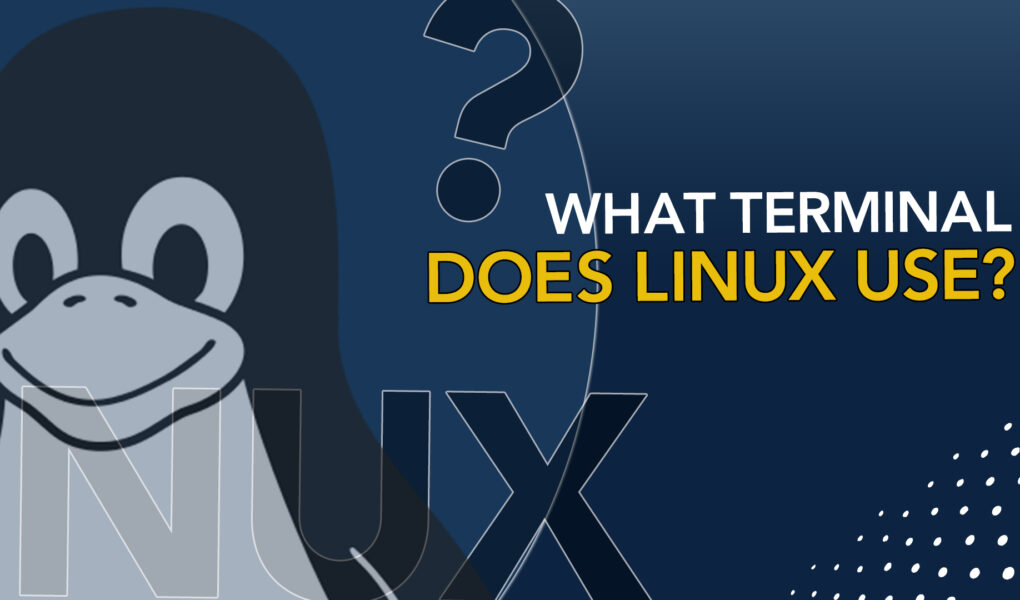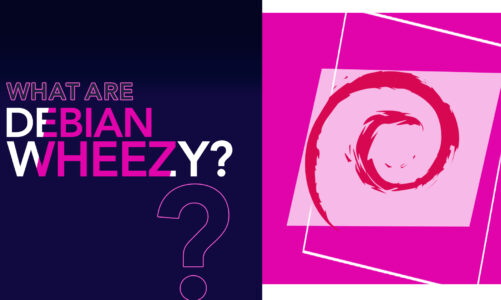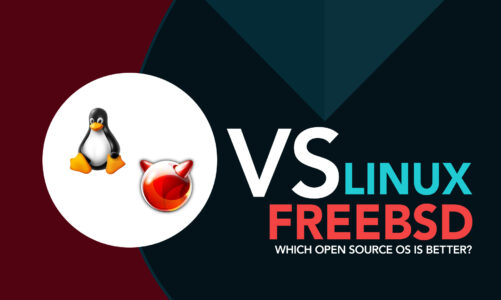Terminals, also known as command-line interfaces, play a vital role in interacting with the Linux operating system. They provide users with the ability to input commands, execute scripts, and navigate through the file system. Over the years, Linux terminals have evolved significantly, with numerous shell options and terminal emulators offering a variety of features and customization options. With all this, you must have in your mind the question; which terminal does Linux use? Let’s continue to read to get an answer.
The Evolution of Linux Terminals
As Linux evolved, so did its terminals. The following is a brief overview of the progression of Linux terminals throughout history:
The Bourne Shell
Developed in the late 1970s by Stephen Bourne, the Bourne Shell (sh) was the first widely-used shell on Unix systems. It was designed to be simple and efficient, providing a text-based interface for entering commands and managing system tasks.
The C Shell
The C Shell (csh) was introduced in late 1978 as an alternative to the Bourne Shell. It offered a more user-friendly interface and borrowed syntax from the C programming language, making it popular among programmers.
The Korn Shell
Created in the early 1980s by David Korn, the Korn Shell (ksh) improved upon the features of the Bourne Shell while maintaining compatibility with existing sh scripts. The Korn Shell added features such as command history and improved scripting capabilities.
The Bourne-Again Shell (Bash)
Introduced in 1989 by Brian Fox, Bash (Bourne-Again SHell) has become the most popular Linux shell, largely due to its inclusion as the default shell in most Linux distributions. Bash is an improved iteration of the Bourne Shell, incorporating supplementary functionalities like command completion, history tracking, and advanced scripting capabilities.
The Z Shell
The Z Shell (zsh) emerged as an alternative to Bash in the early 1990s, offering users another choice in shell environments. Zsh offers numerous advanced features, such as improved scripting, command completion, and extensive customization options.
The Fish Shell
Introduced in 2005, the Fish Shell (fish) is known for its user-friendly interface and powerful features, including syntax highlighting, autosuggestions, and extensible functionality.
Popular Linux Terminals Today
While there are many terminal options available for Linux users, the following are some of the most popular choices:
1: GNOME Terminal
GNOME Terminal serves as the default terminal emulator within the GNOME desktop environment. It supports tabs, customizable profiles, and color schemes, as well as advanced features such as text reflow and URL detection.
2: Konsole
Konsole is the default terminal emulator for the KDE Plasma desktop environment. It offers a variety of features, including a tabbed interface, customizable profiles, and support for multiple sessions.
3: XTerm
XTerm is a lightweight terminal emulator that has been around since the early days of the X Window System. It is highly configurable and supports features such as TrueType fonts, color schemes, and mouse support.
4: Terminator
Terminator is a powerful terminal emulator that offers advanced features such as multiple panes, customizable key bindings, and automatic command grouping. Its design prioritizes utmost flexibility, empowering users to customize their experience according to their individual requirements.
5: Alacritty
Alacritty is a modern, fast, and minimal terminal emulator built with a focus on performance and simplicity. It uses GPU acceleration to provide smooth scrolling and low input latency, making it an excellent choice for users seeking a responsive and efficient terminal experience.
6: Termite
Termite is a minimal and highly configurable terminal emulator that has gained popularity among Linux users who prefer a simple yet powerful interface. The design of this places a strong emphasis on keyboard shortcuts and streamlined workflows, aiming to optimize efficiency. Termite supports a wide range of customization options, such as color schemes, fonts, and key bindings, allowing users to create a personalized terminal experience.
Conclusion
Linux provides a diverse range of terminal choices, each distinguished by its own set of distinctive features and capabilities. From the historical Bourne Shell to modern terminal emulators like Alacritty, there is no one-size-fits-all answer to the question, “What terminal does Linux use?” The best terminal for you will depend on your preferences, needs, and the specific Linux distribution you are using. Invest some time in exploring various options to discover the terminal that aligns perfectly with your workflow and specific needs.



